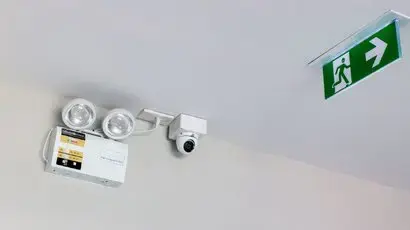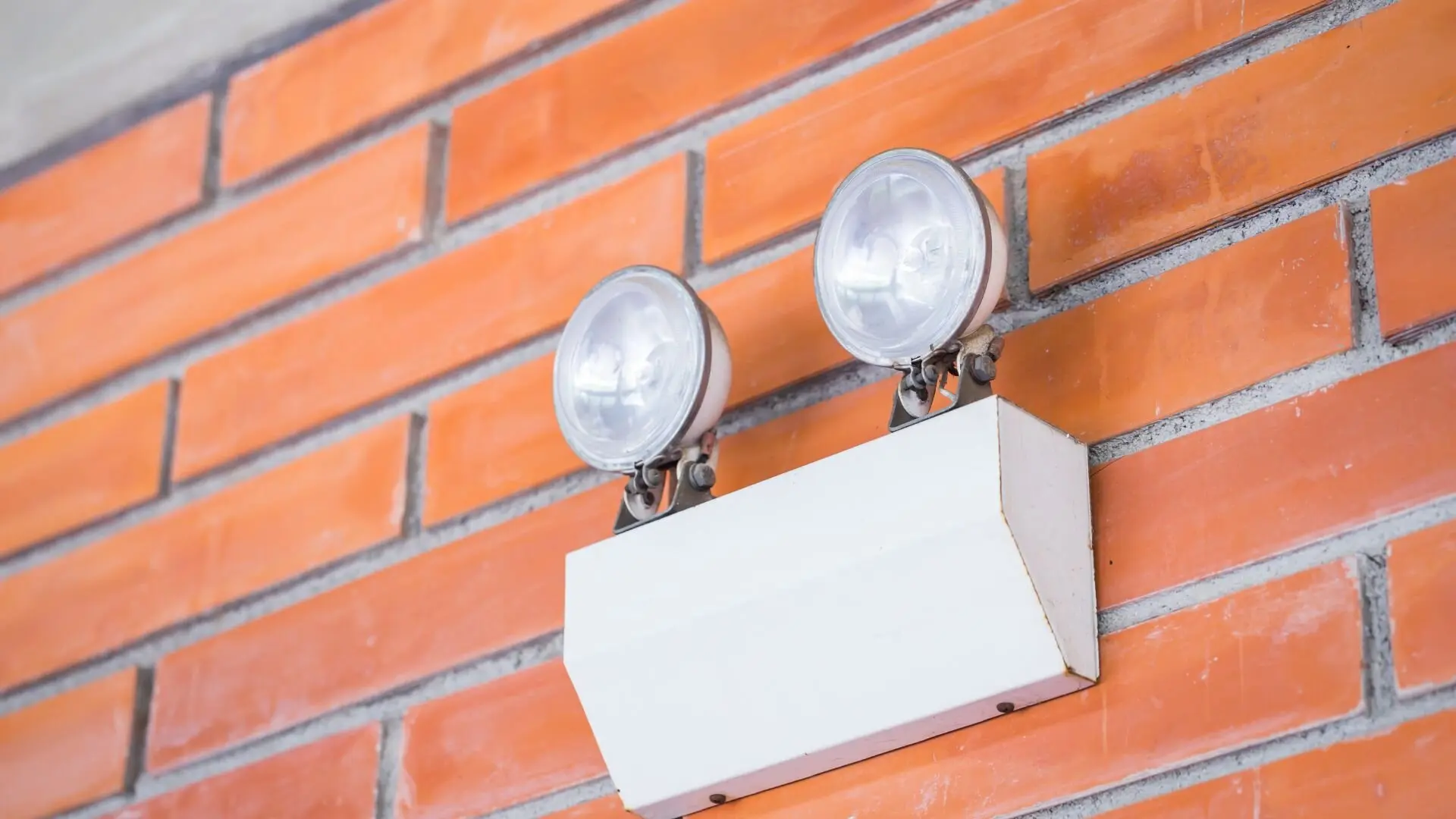
Get your free Melbourne Electrician quote today!
Our team of Melbourne Electricians is here to help you with any questions or concerns you may have. We’re committed to providing you with the best possible service and support.
Exit & Emergency Lighting in Workplaces
Wondering whether you need to install exit and emergency lighting at your commercial property? Ensuring a well-lit workplace is crucial for employee safety. Learn about the importance of exit and emergency lighting in creating a safe environment.
In Australia, workplace safety is always a top concern. On average, around 195 workers sadly lose their lives each year due to work-related incidents, according to Safe Work Australia. Preparing for emergencies is crucial for minimising risks in unforeseen events. Having a well-thought-out plan along with the right equipment, such as emergency exit lights and signs, ensures a smooth and safe evacuation process.
Exit lighting is vital in emergencies, particularly when the power goes out. Installing emergency lighting guarantees that pathways are lit, helping guide employees safely to exits and preventing panic. As per the National Construction Code, it’s essential for workplaces to adhere to safety standards, which include maintaining dependable emergency exit systems.
Automatic testing systems are crucial for keeping emergency and exit lighting in top working order. These systems regularly test the equipment to ensure it’s ready and effective when emergencies occur, giving peace of mind that everything’s functioning as it should.
What is Exit and Emergency Lighting?
Exit and emergency lighting are crucial safety features in buildings, but they serve slightly different purposes.
- Exit signs are illuminated signs that constantly display the location of the nearest exit. They are typically red and green, with the word "EXIT" in a standardised format. Their primary function is to guide occupants towards the nearest escape route during an emergency, even in complete darkness.
- On the other hand, emergency lighting refers to a broader system of lights that illuminate escape routes and common areas in the event of a power outage. This ensures occupants can safely navigate hallways, stairwells, and open areas during an evacuation. Emergency lights come on automatically when the normal power supply fails.
Both exit signs and emergency lighting are vital in ensuring a safe and orderly evacuation during emergencies.
There are various types of exit and emergency lighting available. Traditional incandescent bulbs were once common, but today, Light Emitting Diodes (LEDs) are increasingly favoured due to their energy efficiency and longer lifespan.
Why is Exit and Emergency Lighting Important?
Exit and emergency lighting are not just building features but essential safety equipment. They play a crucial role in ensuring occupant safety during emergencies, and adhering to building codes regarding their installation is both a legal requirement and a best practice.
The Building Code of Australia (BCA) mandates the proper installation and maintenance of exit and emergency lighting systems in all buildings where public safety is a concern. This includes commercial spaces, educational institutions, hospitals, and residential buildings with multiple stories. These regulations exist to facilitate safe and efficient evacuation during emergencies like fires or power outages.

Ensure Workplace Safety With Proper Exit and Emergency Lighting.
Properly functioning exits and emergency lighting systems are vital for ensuring the safety of everyone in your workplace. They guide employees towards safe exits during emergencies, even in complete darkness. By adhering to regulations and implementing a regular testing and maintenance plan, you can be confident that your building can handle any situation.
For all your exit and emergency lighting needs in Australia, look no further than WP Electrical. Our team of certified professionals offers comprehensive exit and emergency lighting services, from installation and testing to maintenance and repairs. We’re committed to providing peace of mind and ensuring your workplace meets all safety standards. Contact WP Electrical today for a free consultation or quote, and let us help you illuminate the path to workplace safety.
Exit and Emergency Lighting FAQs
What are the requirements for exit signs and emergency lighting?
Exit signs must be visible with red lettering and internally illuminated or self-luminous. Emergency lighting should provide at least 90 minutes at specific minimum light levels along exit paths.
How often should I test my emergency lights and exit signs?
To ensure battery functionality and proper maintenance, monthly 30-second tests and annual 90-minute tests are recommended. Consult your local fire marshal for any specific requirements.
What happens if my emergency lights fail?
Faulty emergency lighting is a safety hazard. Repair or replace it immediately. A good precaution is to have additional flashlights with extra batteries readily available.
Published by: Pascal Harb17 October 2025